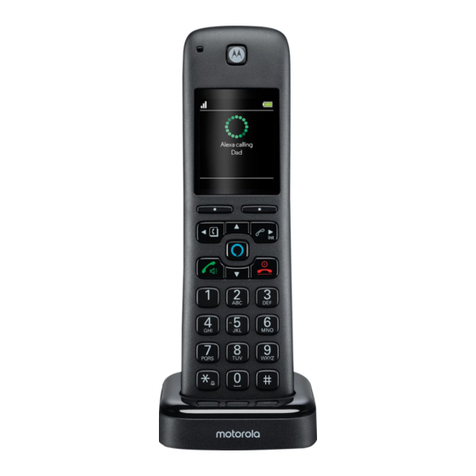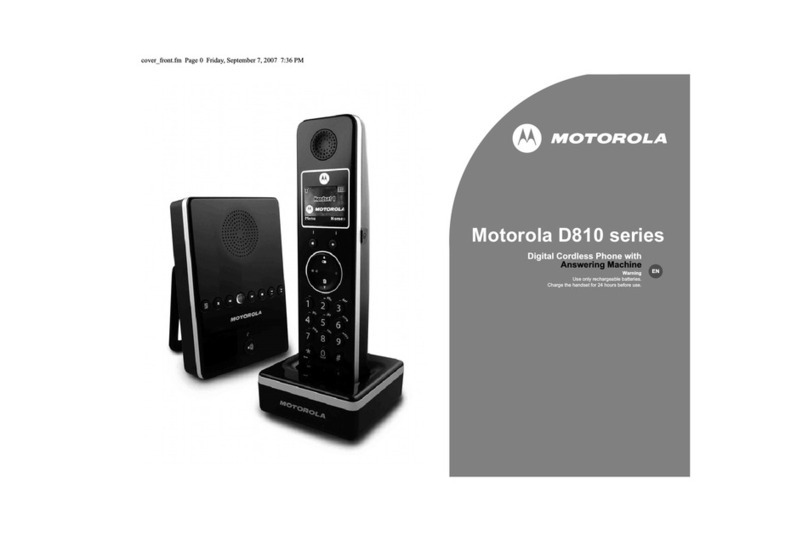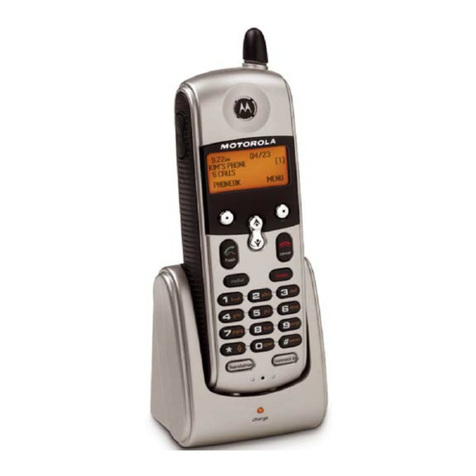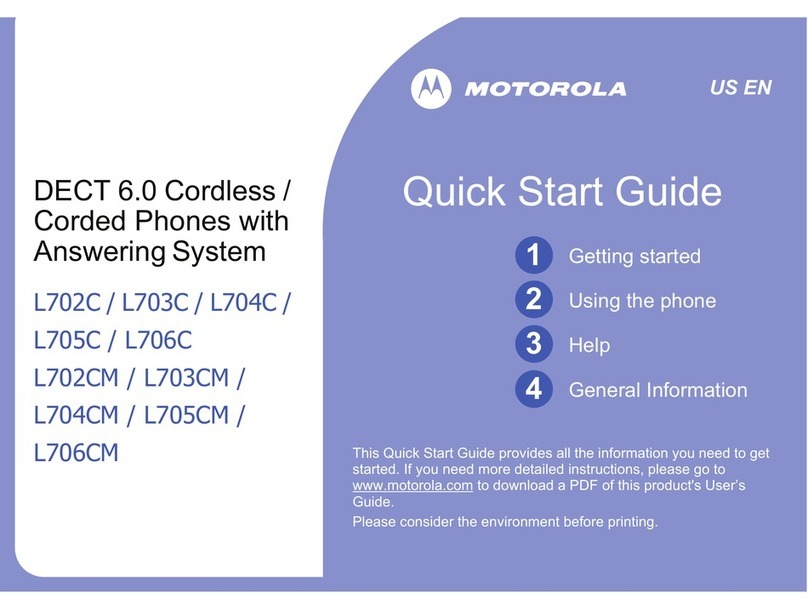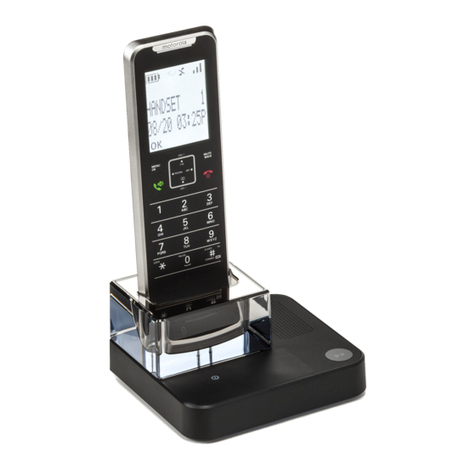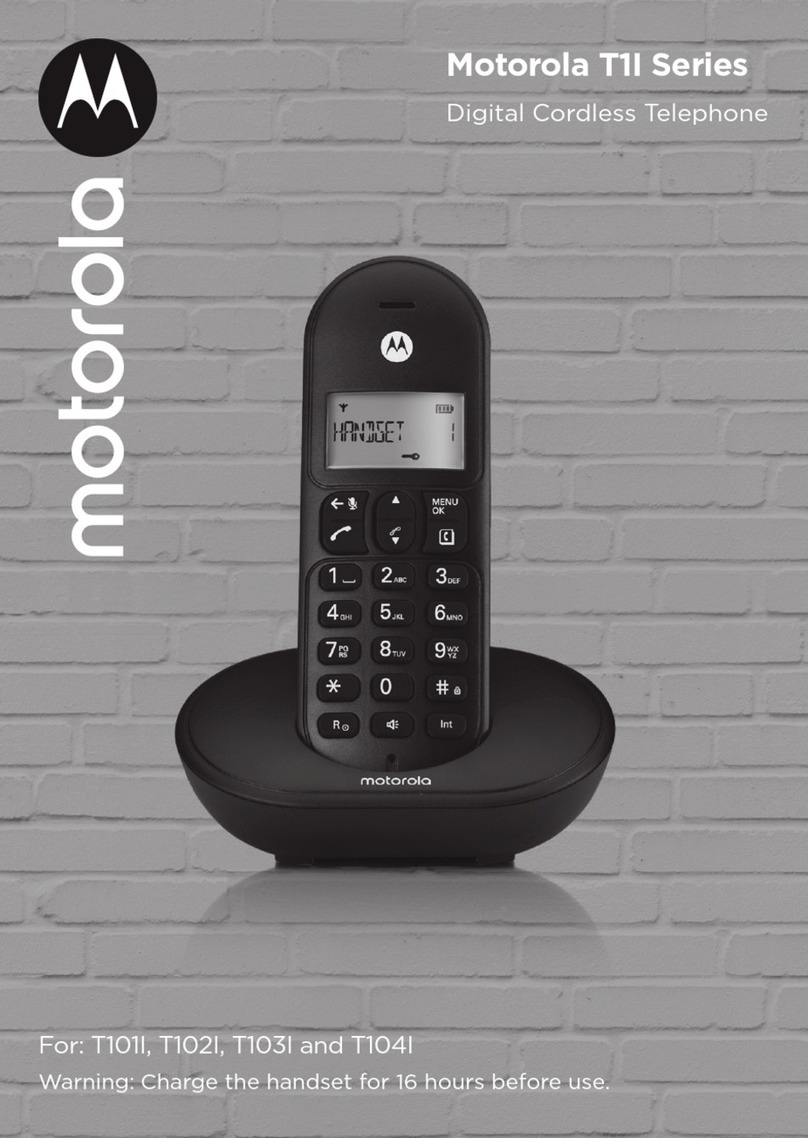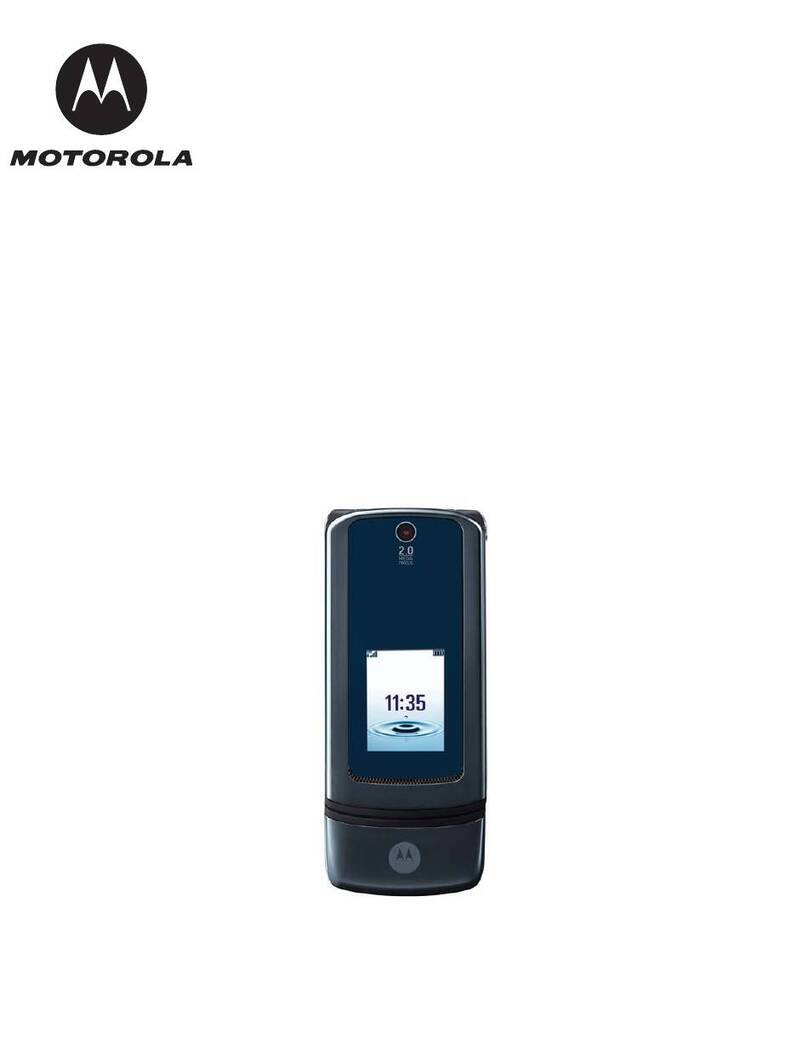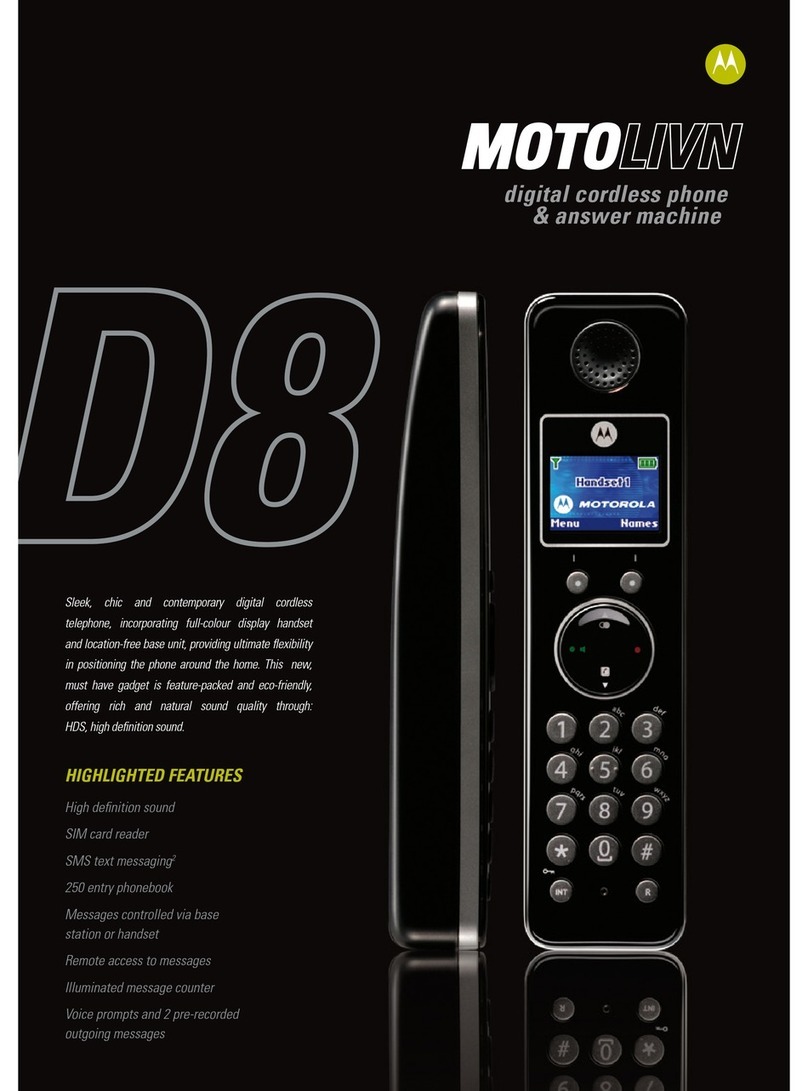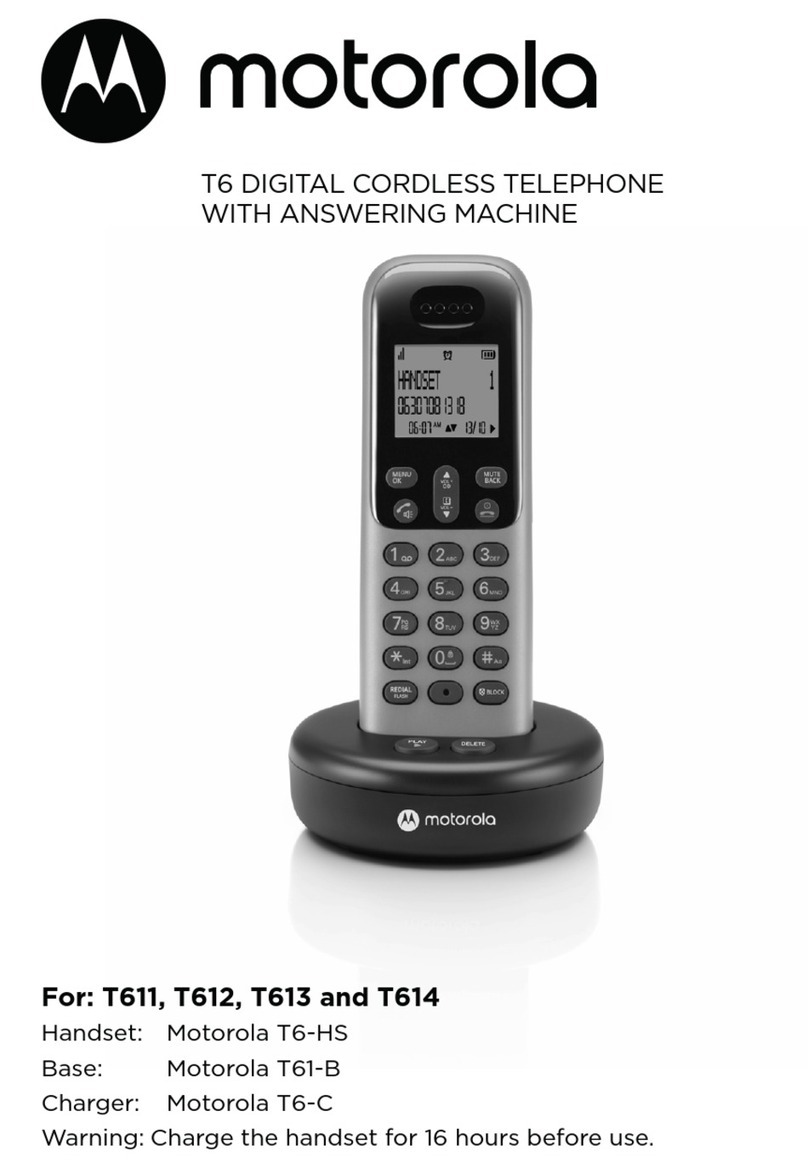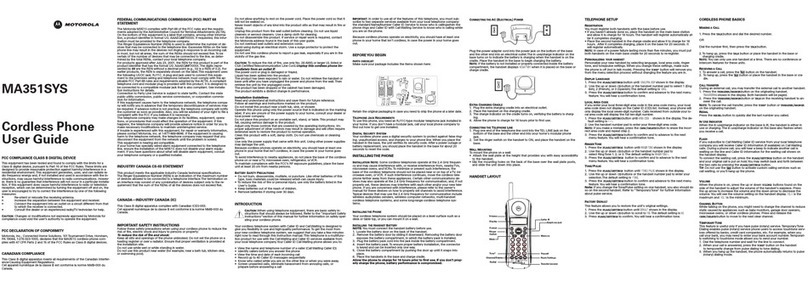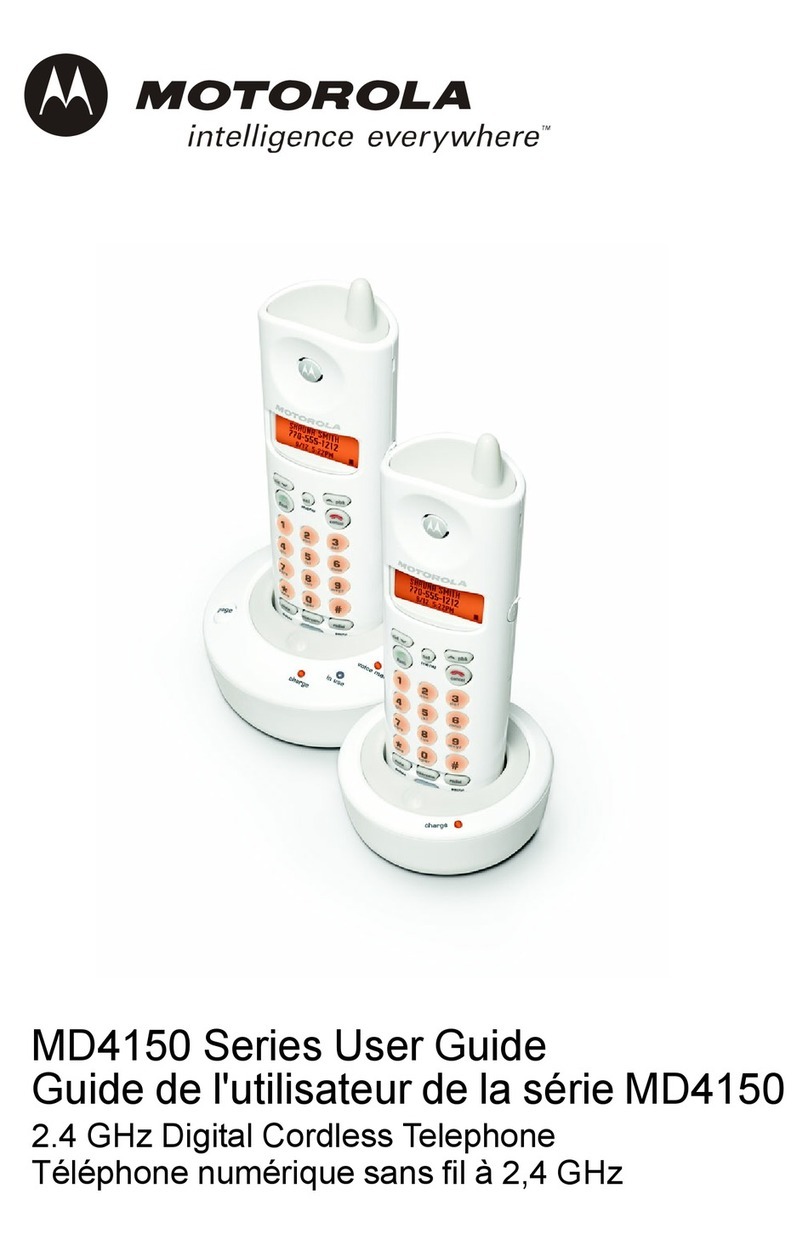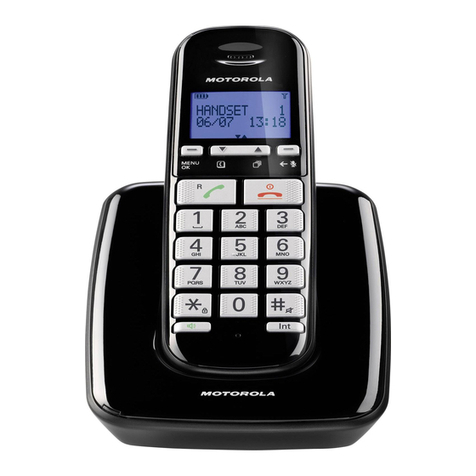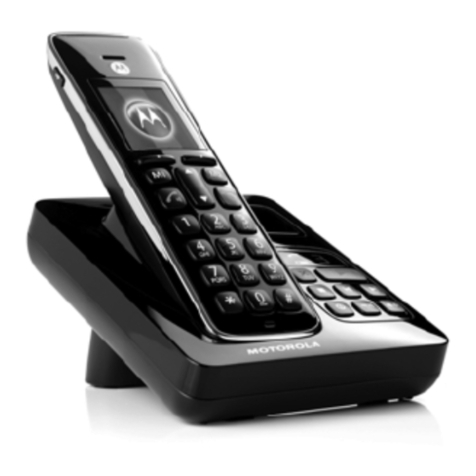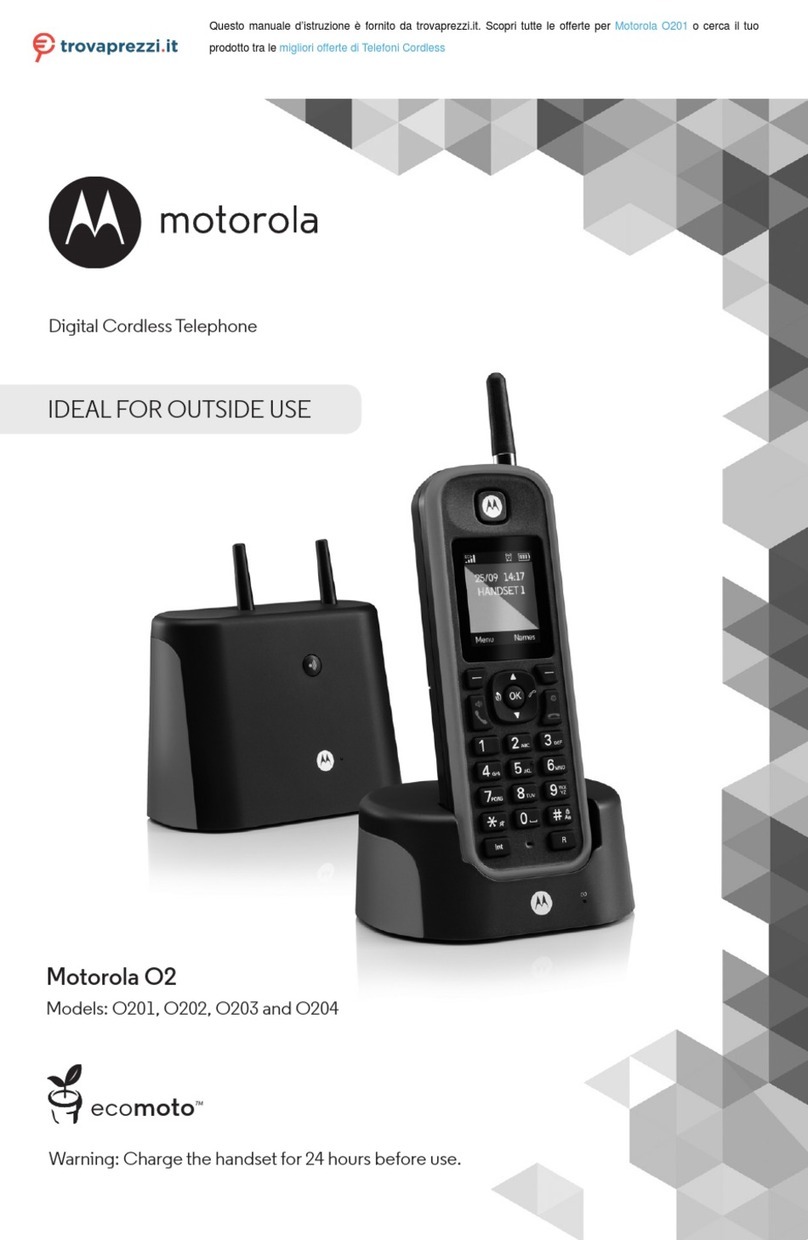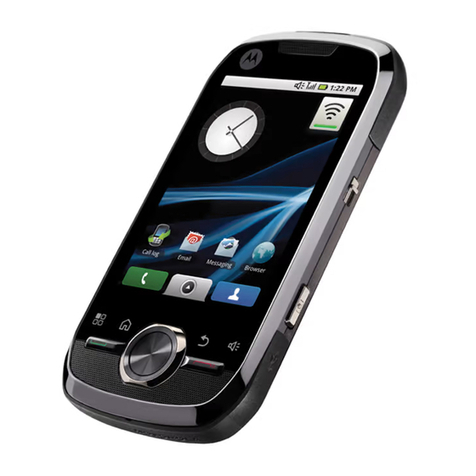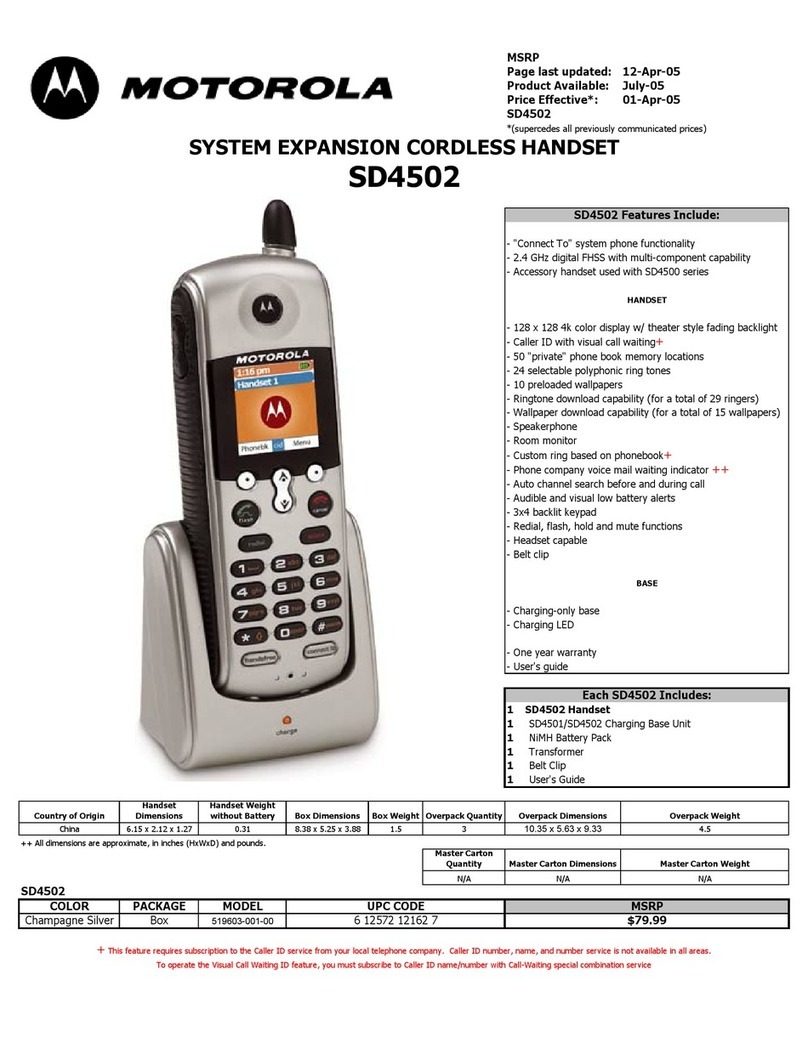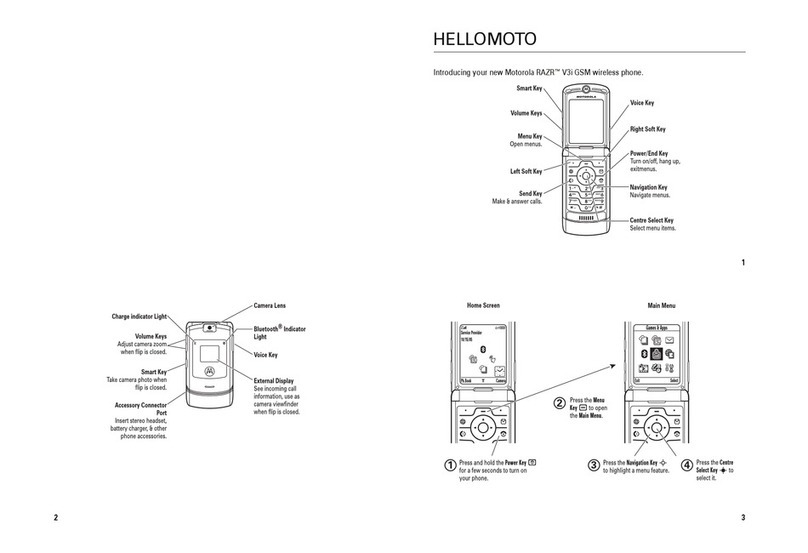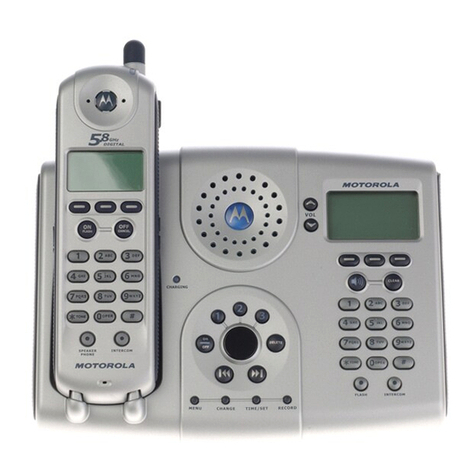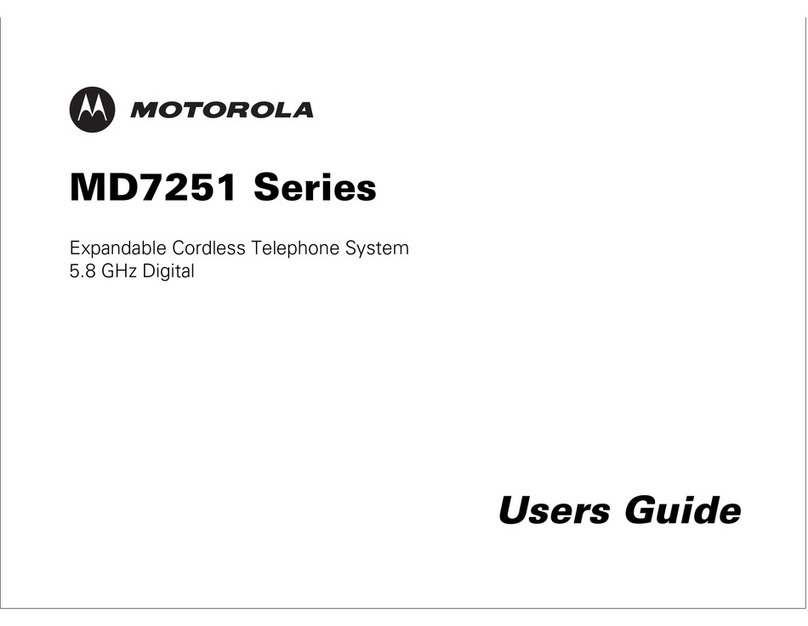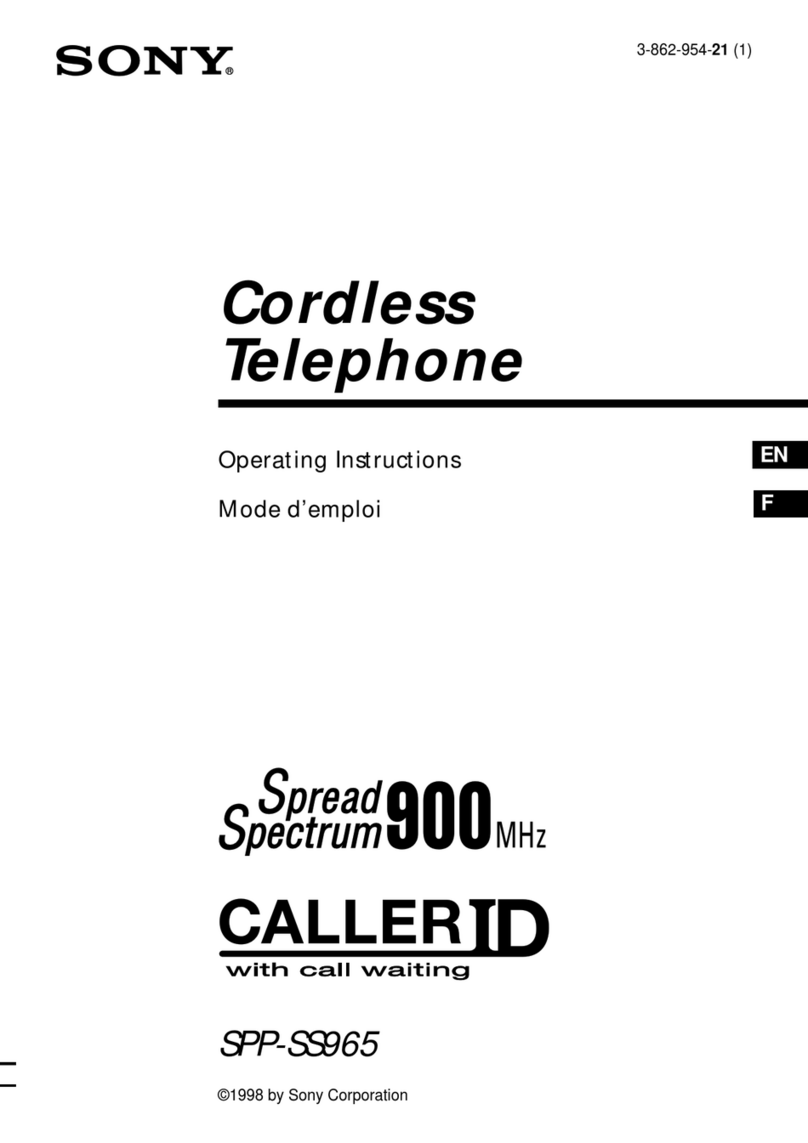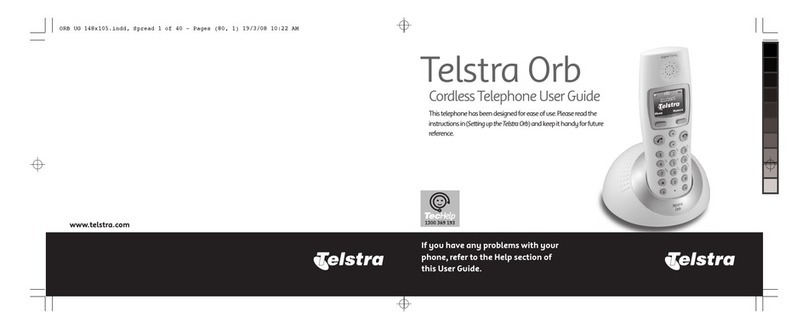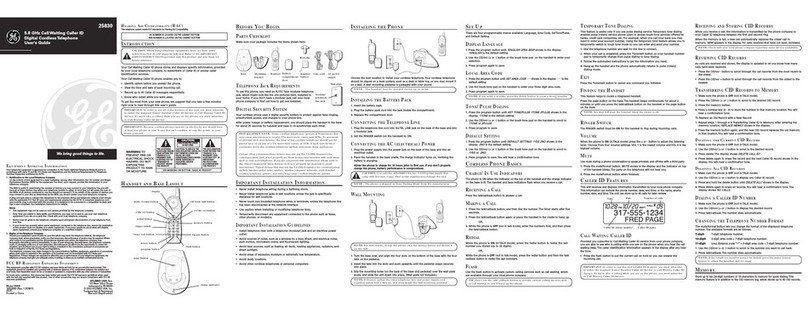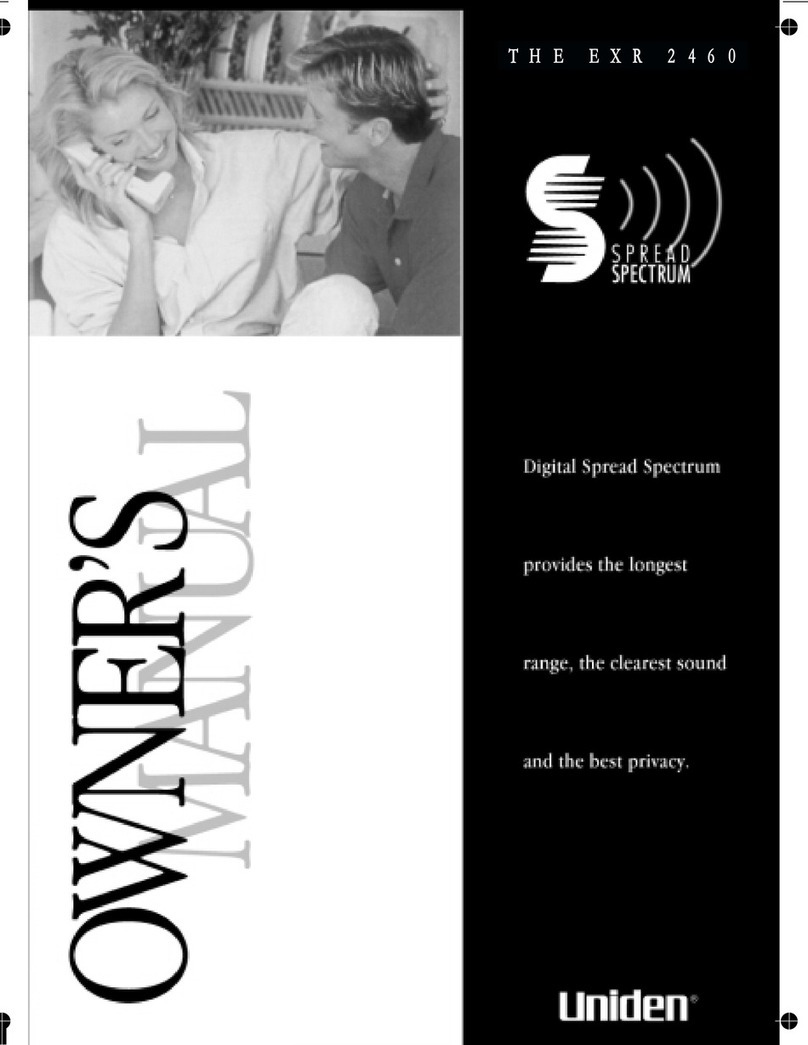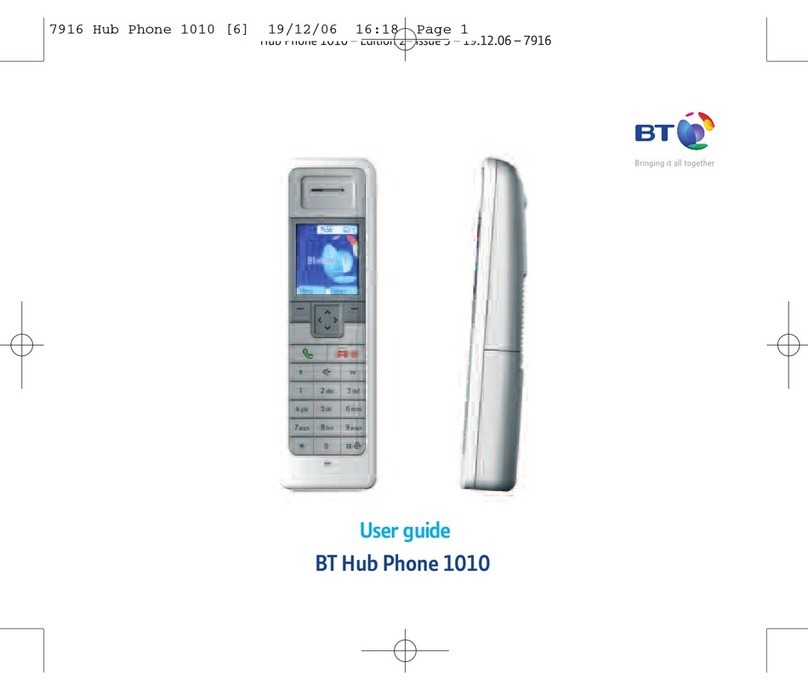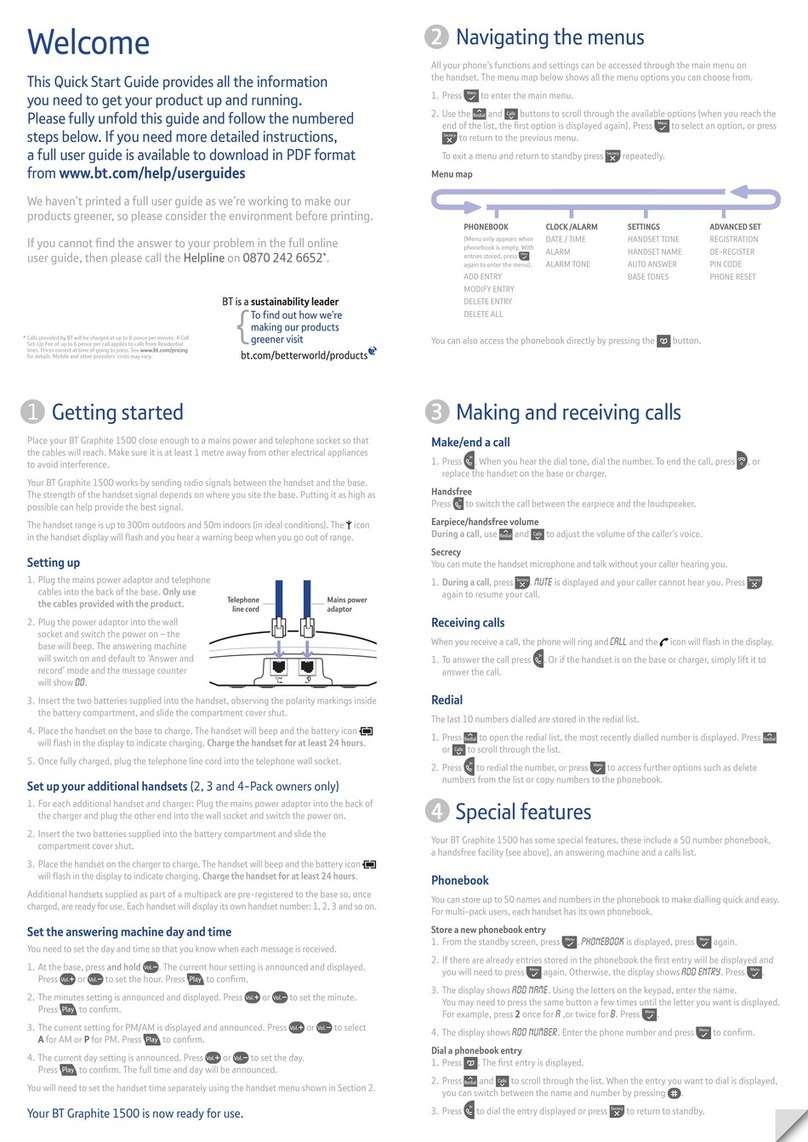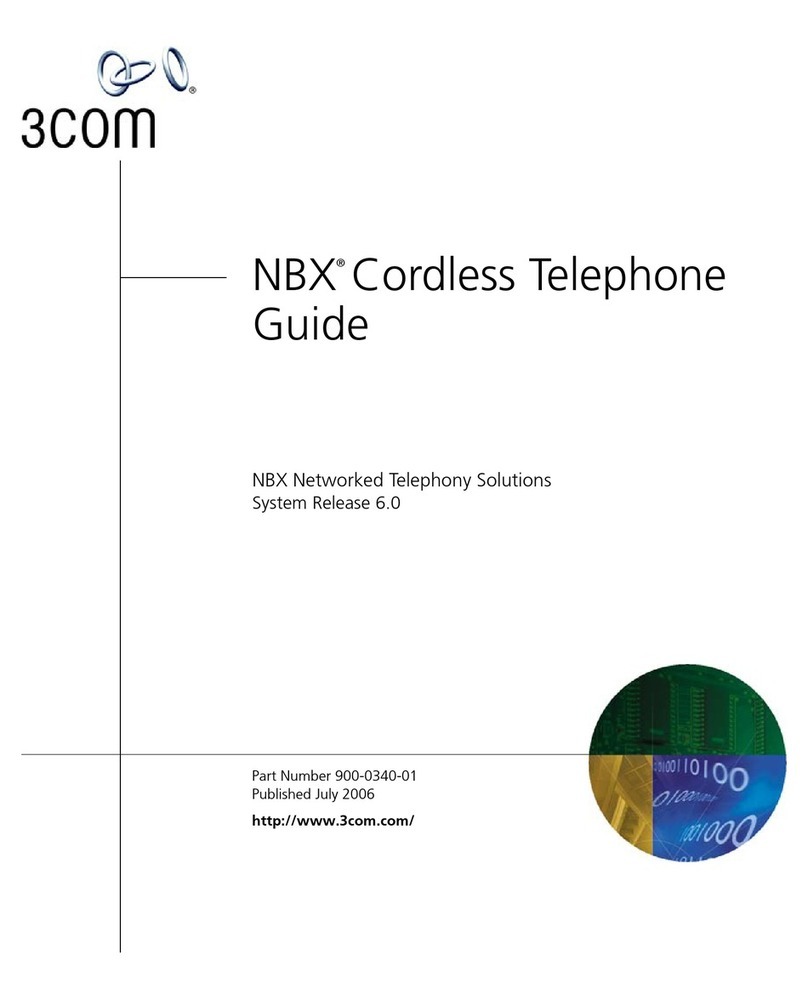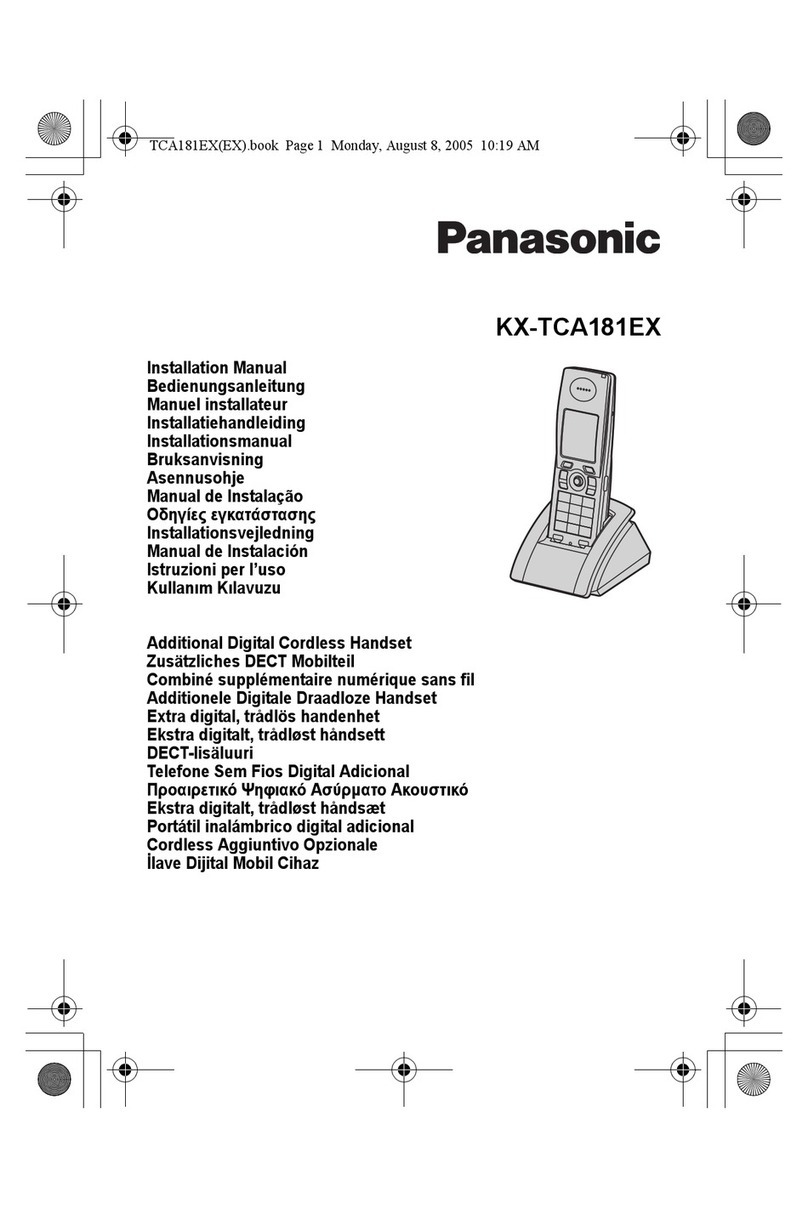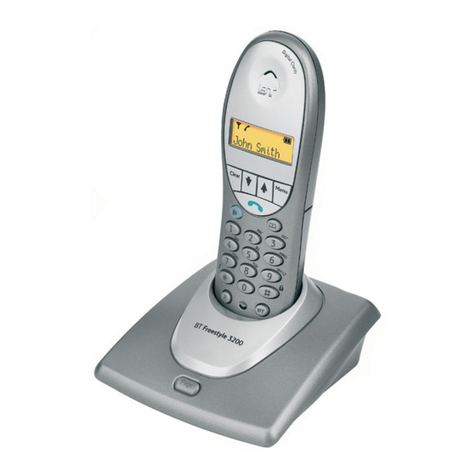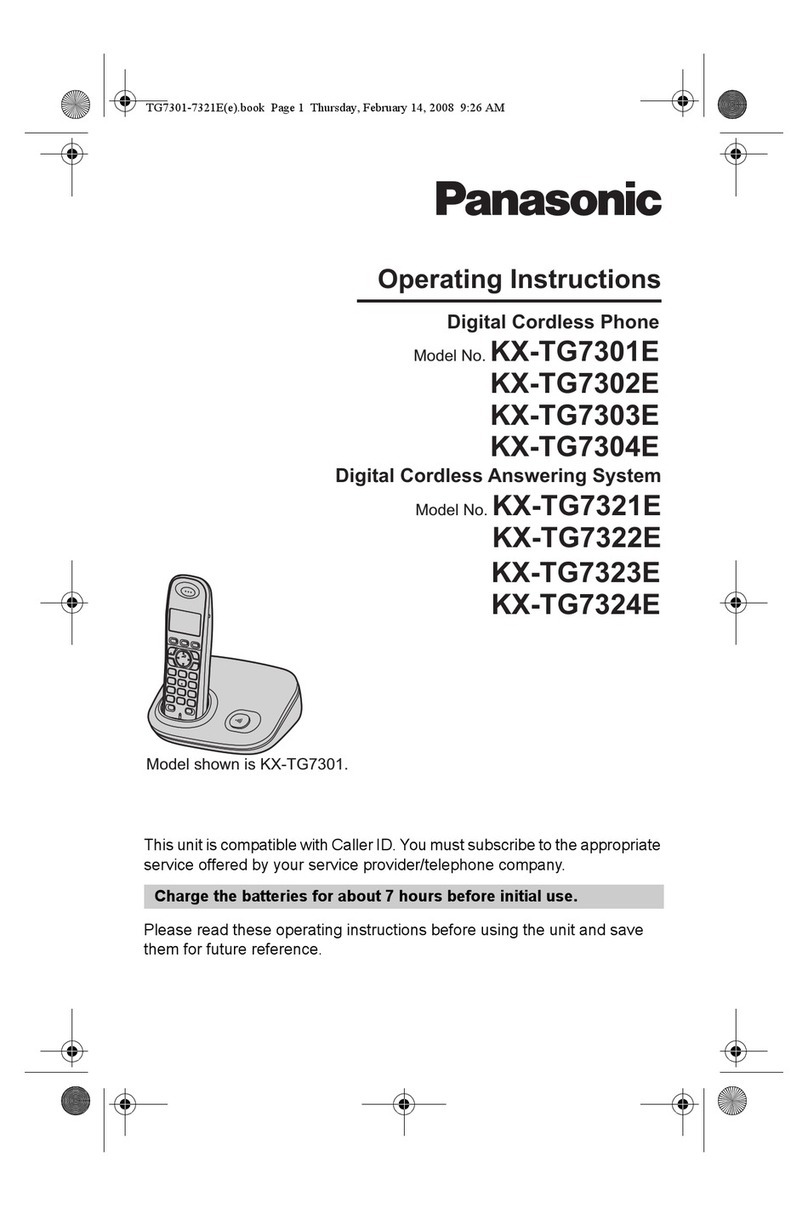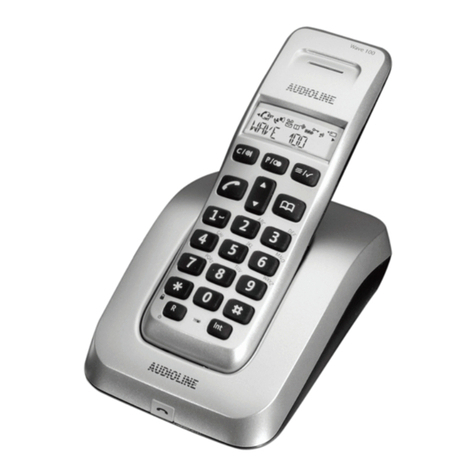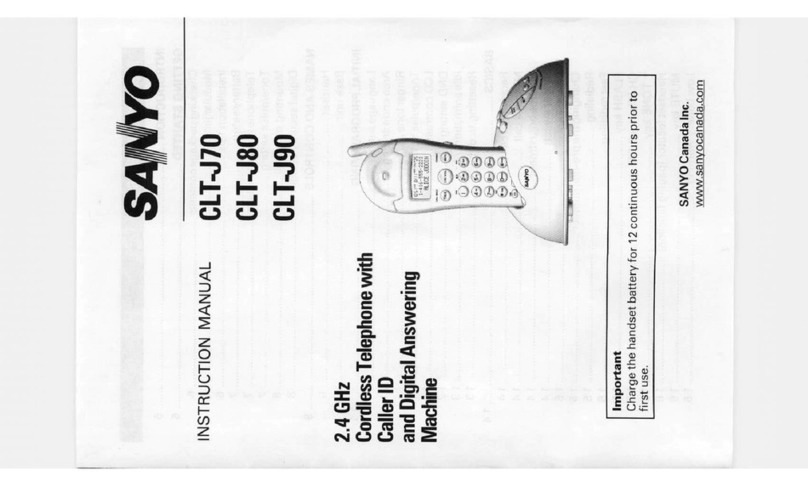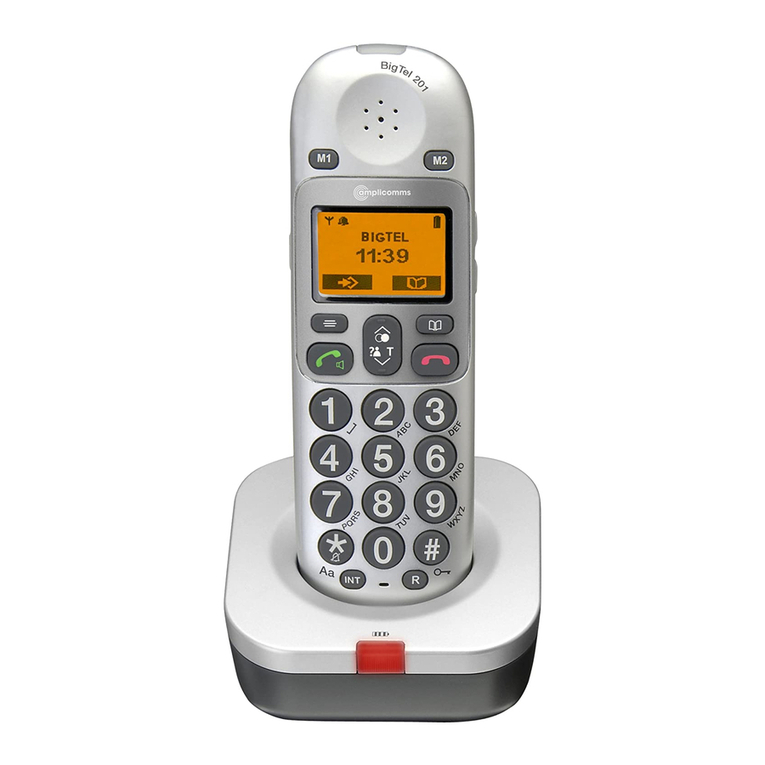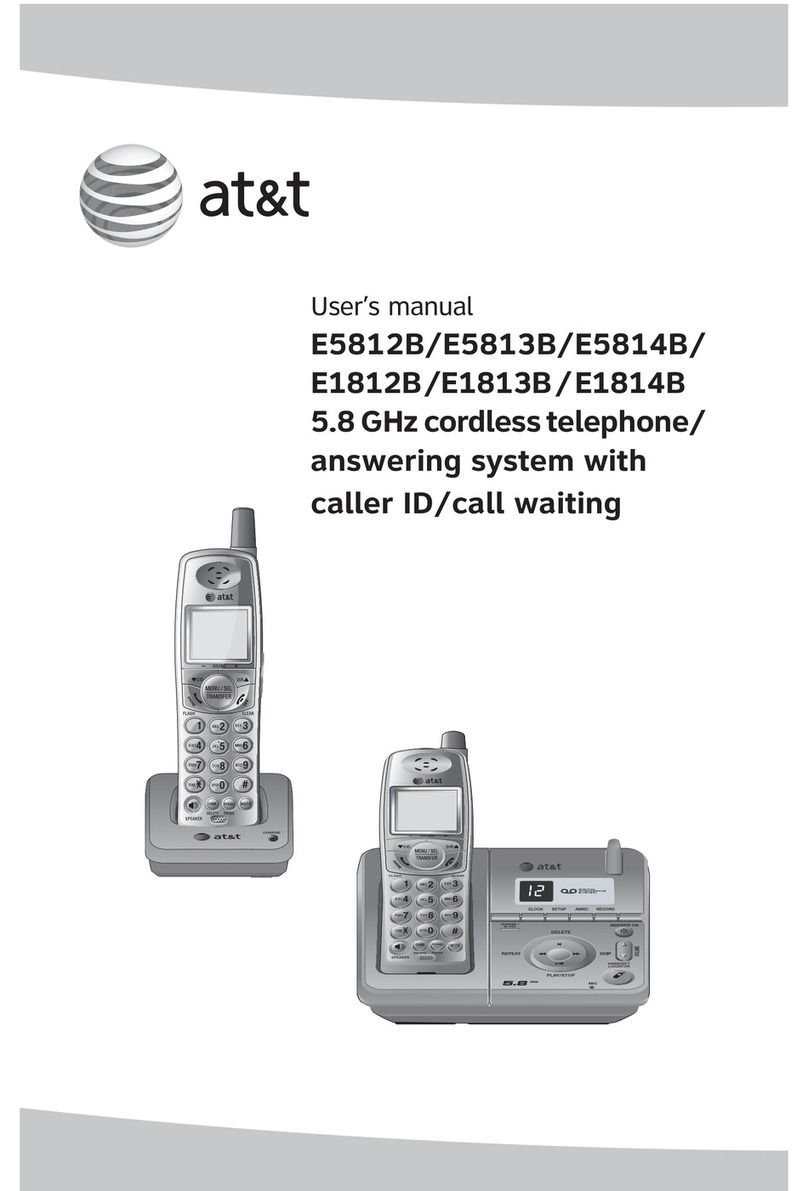
SAFETY AND GENERAL INFORMATION
6880401P26-O v
SAFETY AND GENERAL INFORMATION
Product Operation
This section contains important information on the safe and efficient operation of
your mobile device. Read thisinformationbeforeusingyourintegratedmulti-service
portable radio.* When placing or receiving a phone call, hold your radio product as you would a
wireline telephone. Speak directly into the microphone.
Exposure to Radio Frequency (RF) Energy
Ifyouweara radioproductonyourbodywhentransmitting,alwaysplacetheradio
product inaMotorola approved clip, holder, holster, case or body harness. If you
do not use a body-worn accessorysuppliedorapprovedbyMotorolaandare not
using the radio product in the intended use positions along side the head in
the phone modeorinfrontofthefaceinthetwo-wayradiomode—orifyouhang
yourdevicefrom a lanyardaroundyourneck—keepthedeviceat least 2.5
centimeters (1 inch) from your body when transmitting.
Your phone contains a transmiter and receiver. Whenit is ON,itreceivesand
transmitsRFenergy.When you communicate with your phone, the system
handling your call controls the power level at which your phone transmits.
Your Motorola phone is designed to comply with localregulatoryrequirements
inyourcountry concerning exposure of human beings to RF energy.
ALL MODELS WITH FCC ID IHDT56HH1 and IHDT56HG1
Portable Radio Product Operationand
EME Exposure MEET THE GOVERNMENT’S REQUIREMENTSFOR
EXPOSURE TO RADIO WAVES.
Your Motorola radio product is designed to comply with the following national
and international standards and guidelines regarding exposure of human beings
to radiofrequency electromagneticenergy (EME):
Your wireless phone is a radio transmitter and receiver. It is designed and
manufactured nottoexceed the emission limits for exposure to radiofrequency
(RF)energysetbytheFederalCommunications Commission ofthe U.S.
Government. These limits are part of comprehensiveguidelinesandestablish
permittedlevels of RFenergy forthe generalpopulation.The guidelines are based
on standards that were developed by independentscientificorganizations through
periodic and thorough evaluation of scientific studies. The standards include a
substantialsafety margin designed to assurethe safety of all persons, regardless of
ageand health.
•United States Federal Communications Commission,Codeof Federal
Regulations; 47 CFR part 2 sub-part J.
•American National Standards Institute (ANSI) / Institute of Electrical
and ElectronicsEngineers(IEEE).C95.1-1992.
•Institute of Electrical and Electronics Engineers (IEEE).C95. 1-2005
Edition.* Theexposure standardfor wirelessmobilephonesemploys a unit of measurement
known as the SpecificAbsorptionRate, orSAR. TheSAR limitset by the FCC is
1.6W/kg.1Tests for SAR are conducted using standard operating positions
reviewed by theFCC with the phonetransmittingat its highest certified power level
in all tested frequency bands. Although the SAR is determined at the highest
certified power level, the actualSAR level of the phone while operating can be
well below the maximum value. This is because the phone is designedto
operate at multiple power levels so as to use only the power required to reach
the network. In general, the closer you are
•International CommissiononNon-IonizingRadiation Protection (ICNIRP)
1998.
•Ministryof Health (Canada).SafetyCode 6. Limits of Human
Exposure to Radiofrequency Electromagnetic Fields in the
Frequency Range from 3 kHz to 300 GHz,1999.
•Australian Communications Authority Radio communications
(Electromagnetic Radiation - Human Exposure) Standard 2003. to a wireless base station antenna, the lower the power output.
•ANATEL, Brazil Regulatory Authority, Resolution303(July2,2002)
"Regulationofthe limitation of exposure to electrical, magnetic,and
electromagnetic fields in the Before a phone model is available for sale to the public, it must be tested and
certified to the FCC that isdoesnot exceedthe limitestablishedbythe
government-adopted requirement for safe exposure.Thetestsareperformedin
positions andlocations (e.g.,at the ear andworn on the body)as required by the
FCC for each model. The highestSAR value for this model phone when
tested for use at the ear is (1.35 W/kgfor i425) (1.30 W/kg for i290) andwhen
tested on the body, as described in this user guide, is (1.41 W/kg for i425)
(1.57W/kg for i290)during packetdata transmission. (Body-wornmeasurements
differ among phone models, dependinguponavailableaccessories andFCC
requirements.)2
* The information provided in this document supersedes the general safety
information in user’s guides published prior to May 1, 2006
radio frequency range between 9 kHz and 300GHz.""AttachmenttoResolution
303 from July 2, 2002.
Operational Precautions While there may be differences between the SAR levels of various phones and at
various positions, they all meet thegovernment requirement forsafe exposure.
To assure optimal radio product performance and to be sure that human exposure
to RF does not exceed the guidelines set forth in the relevant standards, always
followtheseinstructionsandprecautions : The FCC has granted an Equipment Authorization forthismodelphonewithall
reportedSAR levelsevaluated as in compliance with the FCC RF exposure
guidelines. SAR information on this model phone is on file with the FCC and
can be found under the Display Grant section of http://www.fcc.gov/oet/fccid
after searching on FCC ID IHDT56HH1 (i425) andIHDT56HG1 (i290).
Two-way radio operation
Your radio product has been designed and tested to comply with national and
international standards and guidelines regarding human exposure to RF
electromagnetic energy, when operated in the two-way mode (at the face, or at
the abdomenwhenusinganaudioaccessory)atusage factors of up to 50%
talk/50% listen.
Additional information on Specific Absorption Rates (SAR) can be found on
the Cellular Telecommunications Industry Association (CTIA) web-site at
http://www.wow-com.com.
1 In the United States and Canada, the SAR limit for mobile phones used by the
public is 1.6 watts/kg (W/kg) averaged over one gram of tissue. The standard
incorporates a substantial margin of safety to give additional protection for the
publicand to account for anyvariations inmeasurements.
2 The SAR information reported to the FCC includes the FCC-accepted
Motorolatestingprotocol, assessment procedure, and measurement
uncertainty range for this product.
Transmit no more than the rated duty factor of 50% of the time. To transmit
(talk), push the Walkie-Talkie (WT) button. To receive calls, releasethe WT
button. Transmitting 50% of the time or less, is important because this radio
generates measurable RF energy only when transmitting(in terms ofmeasuring
for standards compliance).
When using your radio product as a traditional
two-way radio, hold the radio product in a vertical
position with the microphone one to two inches (2.5
to 5 cm) away from the lips.
